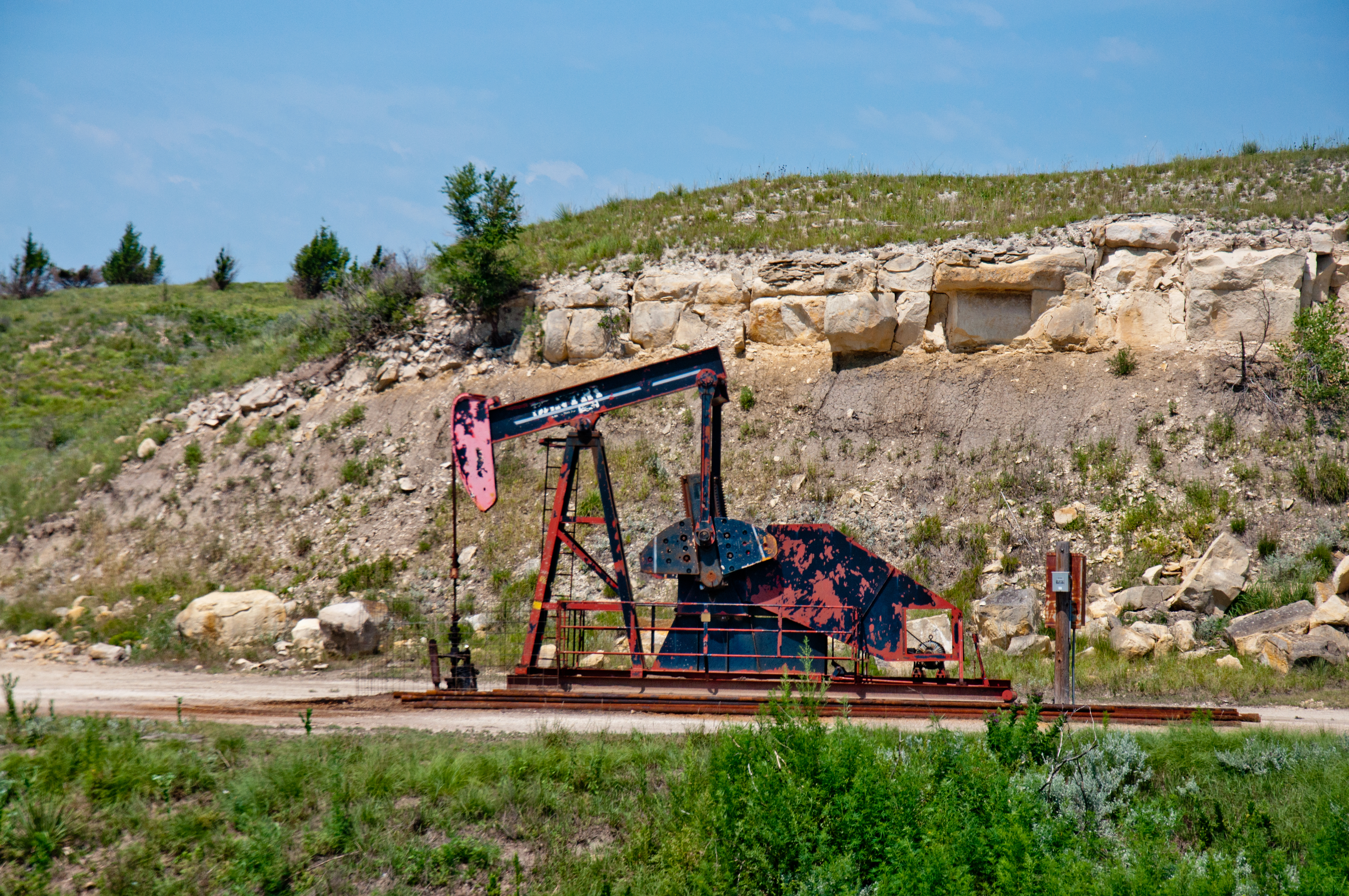By JOHN P. TRETBAR
Oil prices at the state’s largest refinery are up four dollars since the beginning of the month. Kansas Common crude at CHS in McPherson starts the week at $47.75 per barrel, after gaining 75 cents on Friday. Cash crude on the Nymex closed at $57.35 Friday.
Independent Oil & Gas Service reported 26 active drilling rigs across Kansas last week, a gain of two rigs in eastern Kansas and one more west of Wichita. Operators in Ellis County were drilling on one lease and preparing to spud another. Drilling was also underway at one site in Stafford County. Baker Hughes reported 967 active drilling rigs across the U.S. last week, an increase of one oil rig, but a drop of four rigs drilling for natural gas. Texas was down four rigs, while New Mexico and Oklahoma were each down one.
Independent Oil & Gas Service reports operators in Kansas completed 27 wells last week, 704 so far this year, with five in eastern Kansas and 22 west of Wichita. New wells were completed in Barton, Ellis and Stafford counties.
Regulators approved 18 permits for drilling at new locations across the state of Kansas last week, four of those in eastern Kansas and 14 west of Wichita. There’s one new permit in Barton County and one in Ellis County. Year to date there are 431 new drilling permits in Kansas.
Rising tensions in the Persian Gulf are raising the cost of shipping crude oil. According to Lloyd’s Maritime Intelligence, freight rates in the region rose nearly 40% for crude oil shippers, and those new contracts added hefty insurance premiums.
According to BP’s Statistical Review of World Energy, the U.S. has extended its lead as the globe’s top oil producer, pumping a record 15.3 million barrels per day last year. The U.S. accounted for 98% of oil production growth. The Review reported a new worldwide consumption record of 99.8 million barrels per day.
Domestic crude oil inventories dropped last week. According to the U.S. Energy Information Administration, stockpiles fell by 3.1 million barrels in the week ending June 14 to 482.4 million barrels. Inventories are about seven percent above the five-year seasonal average.
The government said U.S. crude oil production also dropped slightly last week. Domestic production was tabbed at 12.17 million barrels per day. That’s down from 12.28 million barrels per day the week before.
EIA said our crude oil imports averaged 7.5 million barrels per day, down by 144-thousand barrels. The four-week average is 7.6% less than the same period a year ago.
Lawmakers in New Mexico could have a happy conundrum soon: what to do with an extra one billion dollars in oil revenue. The Permian Basin in southeastern New Mexico is expected to generate a windfall of between $1.1 billion and $1.3 billion next year, according to a state lawmaker.
The Oregon House of Representatives passed and sent to the Senate a bill that would create new fees on oil train cars to pay for spill prevention and planning in the state. The Oregonian reports the bill would also require train operators to carry more insurance to help pay for cleanup.
Weekly U.S. oil-by-rail traffic declined slightly but remains higher than last year at this time. According to the Association of American Railroads, 12,747 tanker cars carried petroleum and petroleum products during the week ended June 15, down 604 barrels from the week before, but still 13.6% [[“thirteen point six percent”]] higher than a year ago at this time. Canadian oil-by-rail increased by more than 30 percent over last year.
Canada’s government decided Tuesday to proceed with the construction of a major crude oil pipeline expansion, which will boost by about 15% the amount of Canadian oil piped to Pacific ports. Prime Minister Justin Trudeau said they hope to have shovels in the ground this year for the government-owned Trans Mountain Pipeline expansion.

